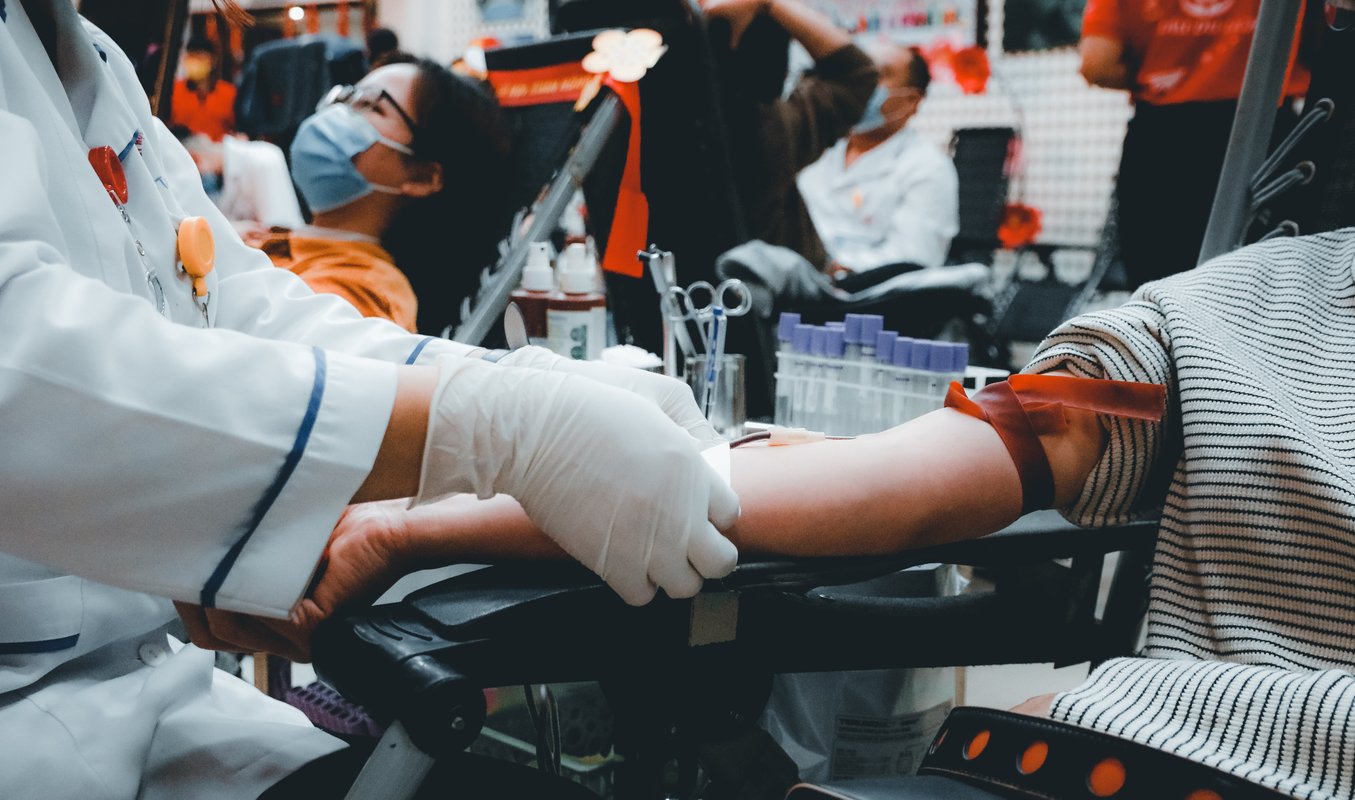How to Become a Phlebotomist in Alaska (2024)

Explore the field of phlebotomy in Alaska with our comprehensive guide. Becoming a phlebotomist offers a rewarding career focused on drawing blood for medical testing, transfusions, or research purposes. Discover the required education, phlebotomy classes, certification paths, and competitive salaries for phlebotomy jobs in Alaska.
Key Points
- Phlebotomists draw blood for medical testing, transfusions, or research purposes, ensuring samples are handled correctly.
- In Alaska, the average annual phlebotomist salary is $48,440, with potential variations based on experience and location.
- To become a Phlebotomist in Alaska, complete a 4-8 week accredited training program, pass a national certification exam, and apply for positions in hospitals, clinics, or laboratories.
Frequently Asked Questions
What qualifications do you need to be a phlebotomist in the US?
To become a phlebotomist in the US, you typically need to complete a phlebotomy training program and obtain certification from a recognized organization, such as the American Society of Phlebotomy Technicians (ASPT) or the National Healthcareer Association (NHA).
What is the shortest time to become a phlebotomist?
The shortest time to become a phlebotomist is generally around 4-8 weeks, which is the duration of many accelerated phlebotomy training programs. These programs focus intensively on essential skills needed for blood collection and handling.
What state makes the most to be a phlebotomist?
According to recent data, California is one of the highest-paying states for phlebotomists, with an average salary of $52,370 annually. Other states with high salaries include Washington, New York, Maryland, and Delaware.
What are the two types of phlebotomy?
The two main types of phlebotomy are venipuncture and dermal puncture. Venipuncture involves drawing blood from a vein, while dermal puncture (or fingerstick) involves collecting blood from capillaries just beneath the skin.
How much does a phlebotomist make in Alaska?
According to the Bureau of Labor Statistics (BLS) data from May 2023, phlebotomists in Alaska earn an average annual salary of approximately $48,440. However, actual earnings can vary based on factors such as experience, location, and employer.
Final Thoughts
Becoming a phlebotomist in Alaska can be a rewarding career choice, as you'll play a vital role in the healthcare system by collecting and handling blood samples. With the right training and certification, you can start your journey towards a fulfilling career as a phlebotomist.
Are you thinking about a job change or wanting to learn more about different career paths? Feel free to check out these additional articles:

Athena is Co-founder and CEO of Dreambound.




